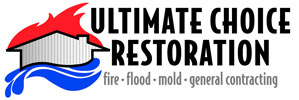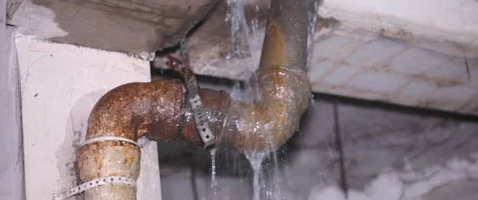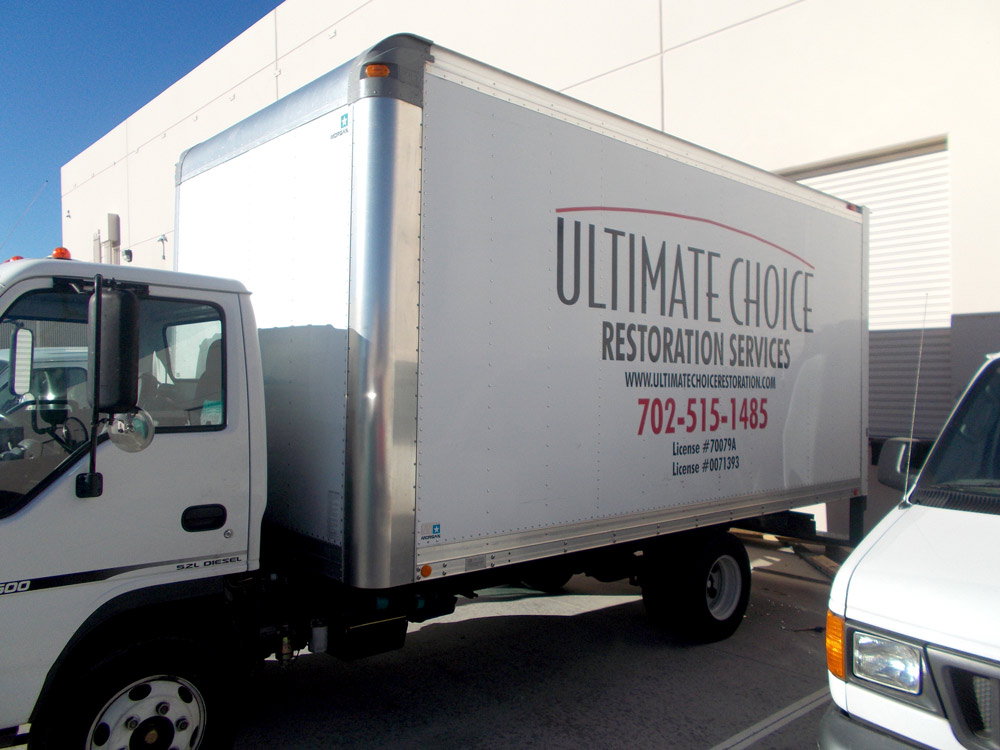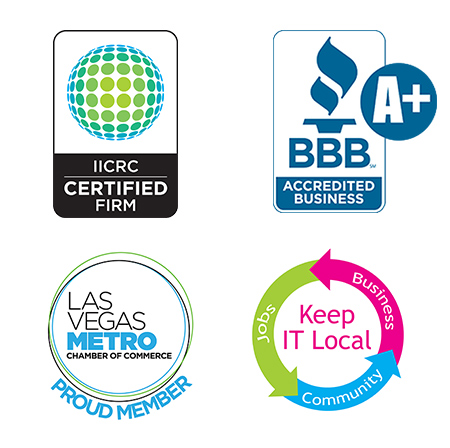You never know when a home emergency will strike, but burst pipe water damage is particularly troublesome and overwhelming. From crippling cold snaps to long-term wear and tear, the culprits behind burst pipes vary. However, what remains constant is the urgent need to act swiftly and effectively. This comprehensive guide will arm you with the knowledge and steps to minimize damage, repair your plumbing system, and prevent future occurrences.
Immediate Actions: First Steps to Take
Step 1: Turn Off the Water Supply
Cutting off the water supply is paramount to mitigating further damage. Locate the main shut-off valve, which is often situated in basements, crawlspaces, or near the water meter. If you don’t know where it is, now is a good time to find out for future emergencies.
Step 2: Assess the Damage
Before you move any furniture or begin any cleanup, it’s crucial to document the extent of the damage. This will be invaluable when filing an insurance claim. Take clear photographs from multiple angles and compile a list of all affected items, including their estimated value.
Step 3: Remove Water
Every minute counts when dealing with water damage. Use towels, mops, and sponges to soak up the water. For more severe cases, you might need to rent a water pump or use a wet/dry vacuum. If possible, consider opening windows and using fans to help dry out the area.
Step 4: Call in the Experts
Don’t underestimate the value of professional help. Experts in water damage restoration can evaluate the situation, identify any potential risks like mold growth, and advise on repairs and renovations.
Understanding the Causes
Cold Weather
A rapid temperature drop can cause water inside the pipes to freeze, expanding in volume and causing pressure that can result in a burst. This is particularly common in regions that experience harsh winters.
Pipe Corrosion
Especially pertinent in older homes, pipe corrosion weakens the structural integrity of the plumbing system. The corroded areas become thin and are more likely to rupture under pressure.
High Water Pressure
Excessive water pressure can be just as damaging as freezing temperatures or corrosion. Consider installing a pressure gauge to monitor this, and a pressure reducing valve if necessary.
Prevention is Better Than Cure: How to Avoid Burst Pipes
Insulate Your Pipes
Investing in proper pipe insulation, especially for pipes in unheated or vulnerable areas, can make a world of difference. Foam sleeves or insulating tape are good options.
Keep a Consistent Thermostat Setting
Maintaining a consistent indoor temperature, even when you’re not at home, can help prevent pipes from freezing. Consider a smart thermostat that you can control remotely.
Regular Maintenance
A regular inspection schedule can help catch issues before they escalate. Watch for signs of corrosion, leaks, or excessive pressure and take preventive action.
Insurance Coverage and Claims
Understanding what your insurance covers before an emergency arises is crucial. Generally, sudden and accidental damage is covered, while damage due to neglect or failure to maintain the property may not be. Always document all repairs and restorations for insurance purposes.
Conclusion
Though dealing with burst pipe water damage is a daunting task, armed with the right information and a proactive approach, you can minimize its impact. Preparing for the worst while hoping for the best is your strategy here. Prevention, quick action, and savvy insurance know-how are your best allies in tackling any burst pipe emergency.




